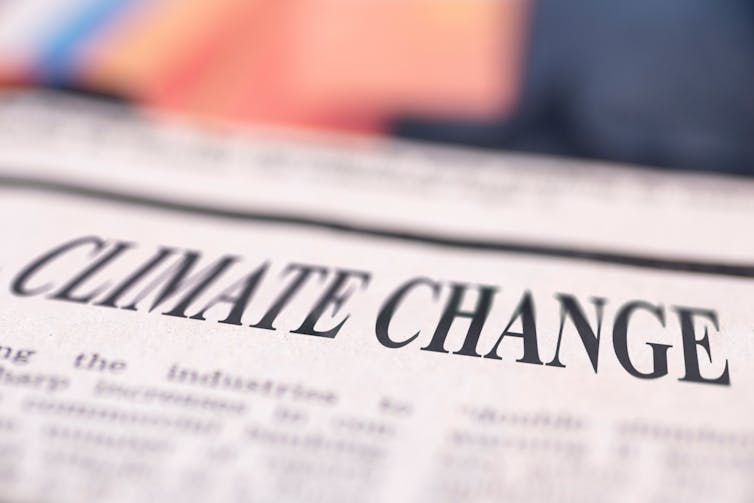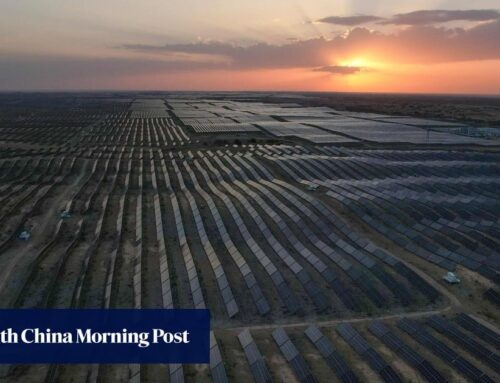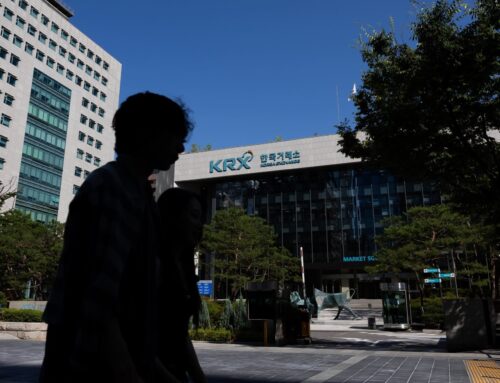Why climate is an everyday story – but media coverage still spikes around special environm
June 4, 2025
Climate change is already happening. But 36% of the world’s population still disputes the realities of its origins and impacts. When the science is clear but public understanding lags, more lives and livelihoods are put at risk.
The media can act as a bridge between climate solutions and public understanding. A global analysis by the Reuters Institute for the Study of Journalism found that the news media remain the primary source of climate change information, with 31% of people getting it from television and 24% from websites and social media platforms.
Despite all of this, the mainstream media around the world is not doing enough to shoulder the responsibility of preparing the public for the impacts of climate change and environmental degradation. Research indicates that climate change coverage spikes around UN climate summits (Cops) and events like World Water Day, but drops off in between.
That means the stories being told about the environment get the most attention during certain months and consistently less coverage throughout the rest of the year.
I study how the media reports on climate change in authoritarian countries like Iran and across the Middle East and north Africa, a region where heat indices surpass 55°C and severe water shortages persist.
As part of my PhD research, I found that international media reporting of the world’s most climate-vulnerable nations is sporadic, with coverage often increasing around political and environmental events.
Reporting on environmental issues in countries facing conflict, war and political tensions is challenging, as the topic often falls low on the media’s list of priorities.

arda savasciogullari/Shutterstock
When it comes to Iran, most of the news making headlines is focused on its nuclear development programme, problems with the west and violations of human rights. The fact that thousands of Iranians die each year from thirst, air pollution and heatwaves rarely makes it into international media, and when it does, it’s usually tied to a political event like protests or US economic sanctions.
For the past few years, I have been researching and writing for news outlets about the Iranian government’s failure to take action towards mitigating climate change. While discussing the issue with climate scientists, I learned that Iran is among the top ten countries globally contributing to carbon emissions.
I also learned that, along with Yemen and Libya, Iran is the only country left to ratify the Paris agreement, a treaty that aims to keep global temperatures to 1.5 degrees above pre-industrial times.
However, when I analysed the media coverage, there was not nearly enough mention of this throughout the year. Most articles were published in November, around the time the UN usually holds its annual climate summits, like the UN climate summit, Cop29, hosted by Azerbaijan last year.
This is a trend I’ve realised through my research and reporting. When the media only covers environmental issues in countries like Iran during political upheavals or climate summits, the world remains largely unaware of these ongoing challenges the rest of the time.
Here’s the problem: just in the past few months, millions of Iranians across the country have been suffering through crippling sand and dust storms, drought and land subsidence, issues that have been exacerbated by climate change.
My PhD research into how the media covers the environment in authoritarian regimes is supported by other studies. I found that articles about water and climate issues in Iran and the Middle East tend to peak around environmental protests and UN climate change summits.
My study shows that Iran received the highest amount of environmental coverage during the 2021 protests in the southwestern province of Khuzestan concerning the lack of water and drought.
When journalists, editors and media outlets delay reporting on the impact of climate change in countries like Iran, we miss the full scale of the damage. As a result, there’s less pressure on authorities to change policies or prepare the public for the growing environmental challenges like forced migration, hunger, and conflict.
If these countries are more vulnerable to climate change and their governments are doing little to solve the problem, this urgency must be reflected in the media.
This can be achieved if news organisations publish more stories that explore the root causes of environmental problems and include insights from experts who can offer solutions.
If even one story can help save a lake, river or wetland from drying up, that’s a pretty powerful effect.

Don’t have time to read about climate change as much as you’d like?
Get a weekly roundup in your inbox instead. Every Wednesday, The Conversation’s environment editor writes Imagine, a short email that goes a little deeper into just one climate issue. Join the 45,000+ readers who’ve subscribed so far.
Search
RECENT PRESS RELEASES
Related Post




